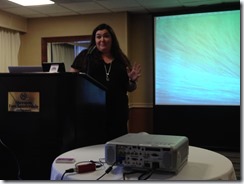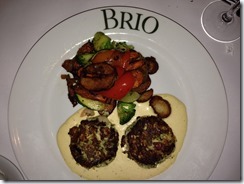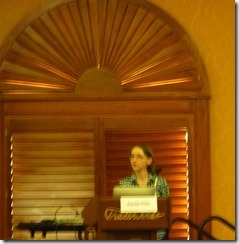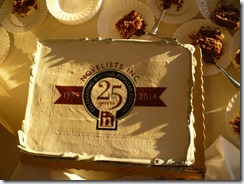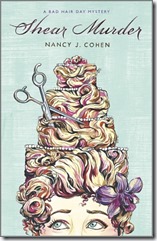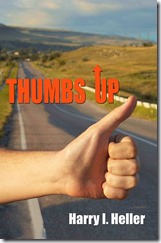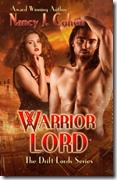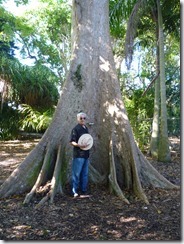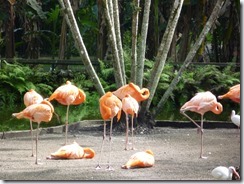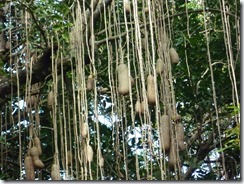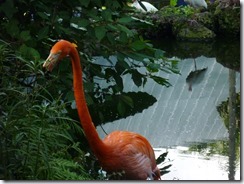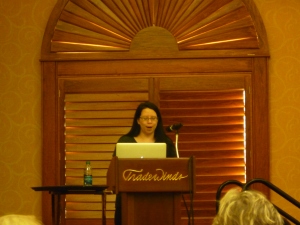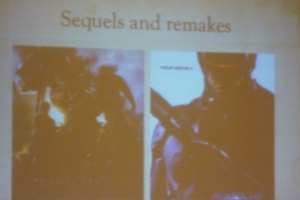The Magic Kingdom never loses its magic for us, even though we’re approaching our later years. We celebrated our engagement there, and this year we celebrated our 38th anniversary at this magical theme park.
First we had a lovely dinner at Eddie V’s on West Sand Lake Road. I’d made the reservation and said it was our anniversary, so they greeted us with a “Happy Anniversary.” The white clothed table was strewn with red rose petals and a congratulatory note from the restaurant. Then they offered us a complimentary champagne toast, which we gratefully accepted. Dinner was delicious. We’d definitely return again.
The next morning, we parked at the ticket and transportation center and took the monorail to the Magic Kingdom. The streets were festively decorated for the holidays. A mini-parade was going on so we stopped to watch.
Then we boarded the People Mover in Tomorrowland. This sedate ride is our speed these days. We skipped another favorite, the Carousel of Progress, to see if we could get in for lunch at the Beauty and the Beast castle. Alas, reservations were full. We proceeded past Fantasyland toward the Haunted Mansion, noting the store that used to hold kitchen wares now sold Haunted Mansion souvenirs. Why not? Every other ride has an associated gift shop. Some of the items were imaginative. We ate lunch in the nearby Colombia House, then strolled around the rest of the park. That’s the beauty of having a condo nearby and annual passes. We don’t have to stay late because we’re trying to make the most of our money. We can go for a walk and a pleasant lunch out then go home to read and rest.
Another day found us at Fort Wilderness for another lunch and stroll. We like this wooded park where guests can rent camping sites or log cabins. It feels more like a wilderness area than the other theme parks. It’s interesting how trees have changed color in Central Florida. You’ll see vibrant reds and golds like up north mixed among the greenery. It gave us a taste of Fall.
We couldn’t resist trying the new parking garage at Downtown Disney to see what was going on with their renovations into Disney Springs. Lots of changes are coming. We saw one restaurant under construction called the Boathouse and another one that looks like an airplane hangar. Captain Jack’s restaurant is gone. The Rainforest Café now has a Lava Lounge, and there’s a bridge being built across the lagoon. We ate lunch and watched the latest Night at the Museum movie in the Dine-In movie theater. The film was entertaining, good family fare for the holidays. Here’s the new Starbucks at Downtown Disney. It has a cool outdoor seating area and a reserve coffee bar separate from the regular counter.
And we even made time for a restful stroll around our condo lake. Didn’t spot the resident alligator this time. Now we’re at our house gearing up for more holiday parties while I’m trying to get back on a work schedule. I miss those walks around the Disney parks.
Happy Holidays to all!













